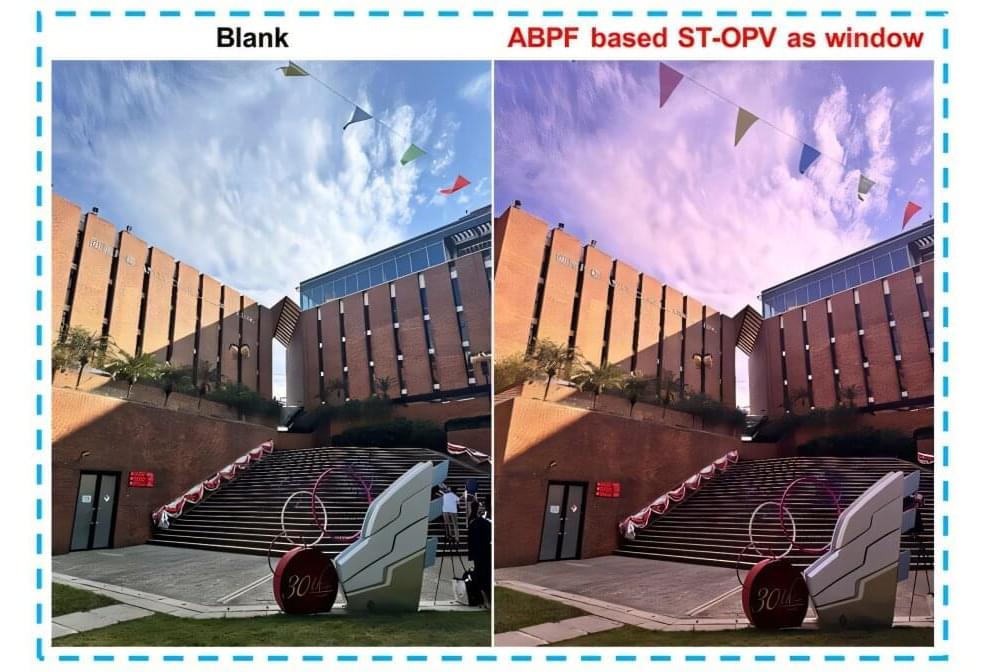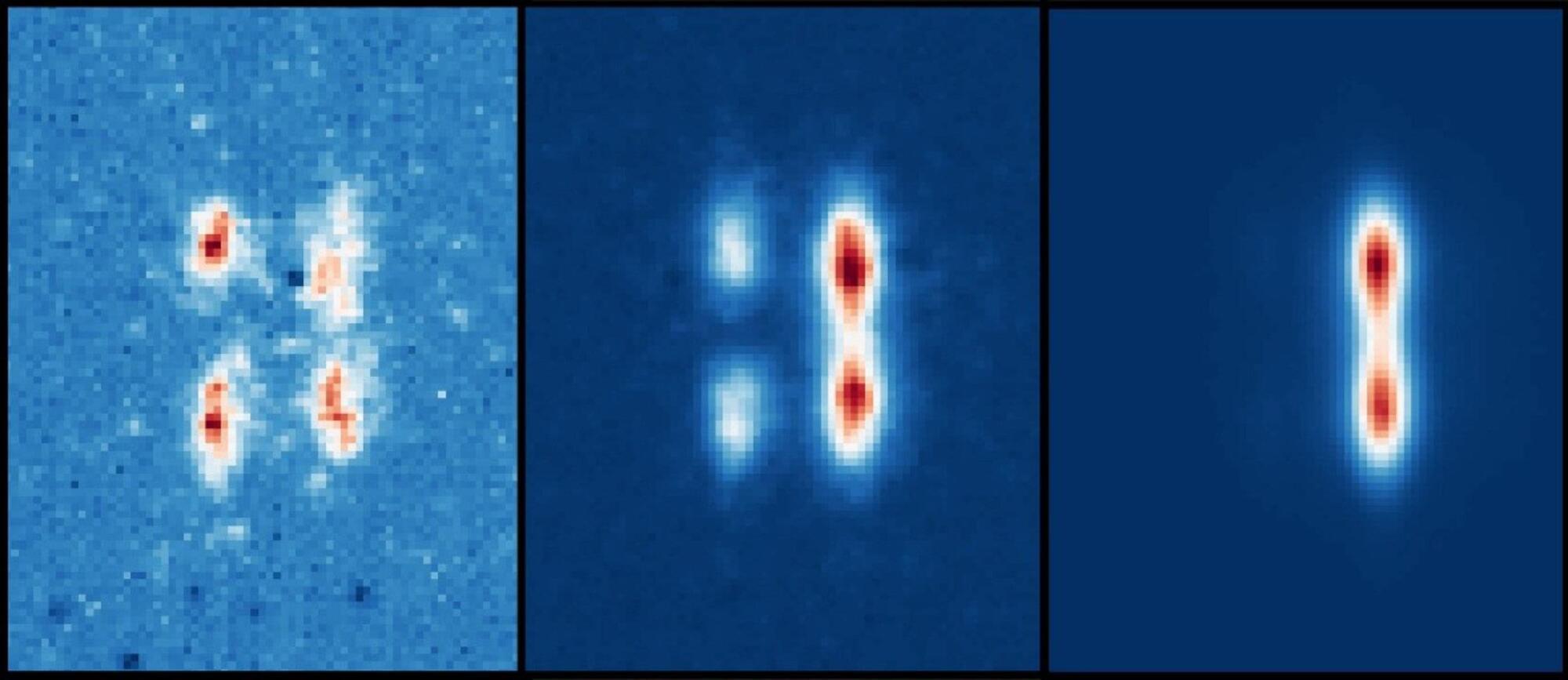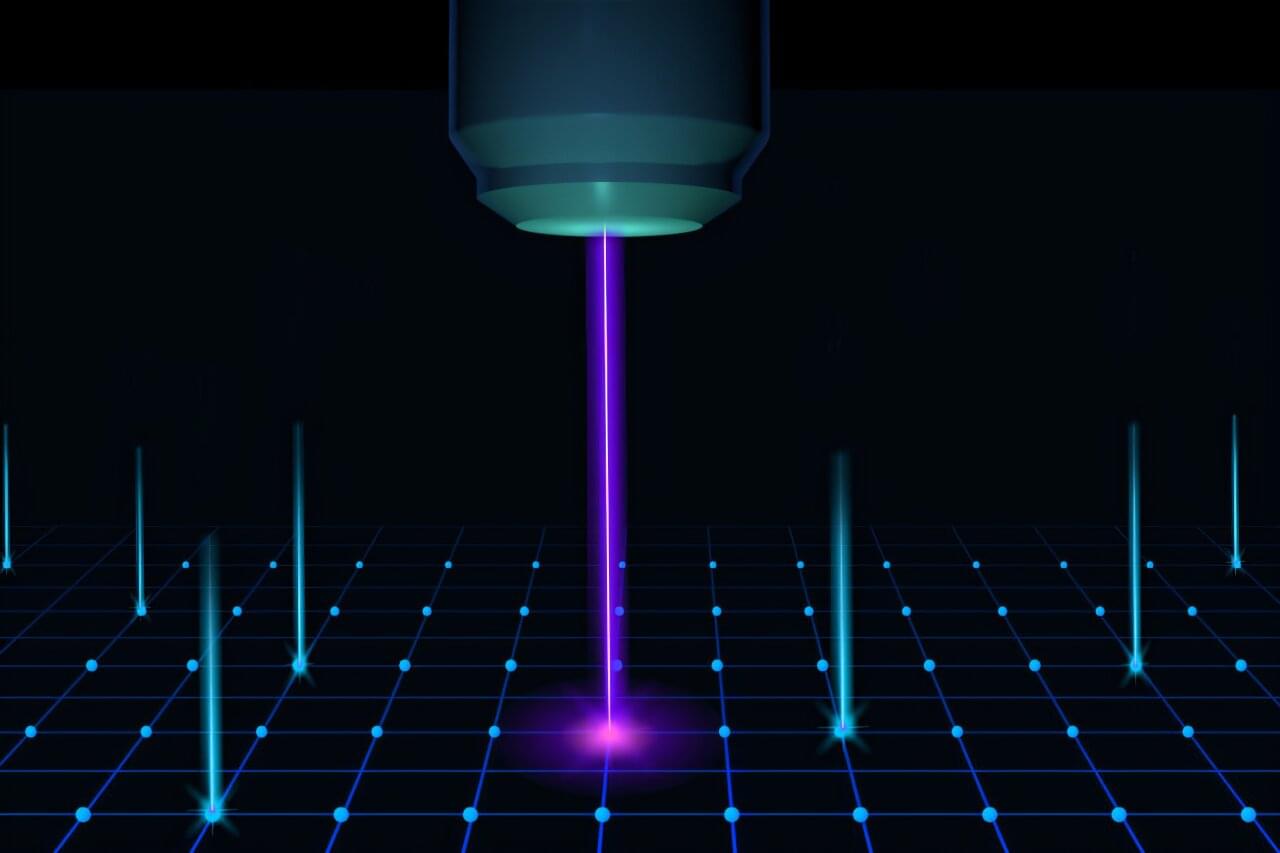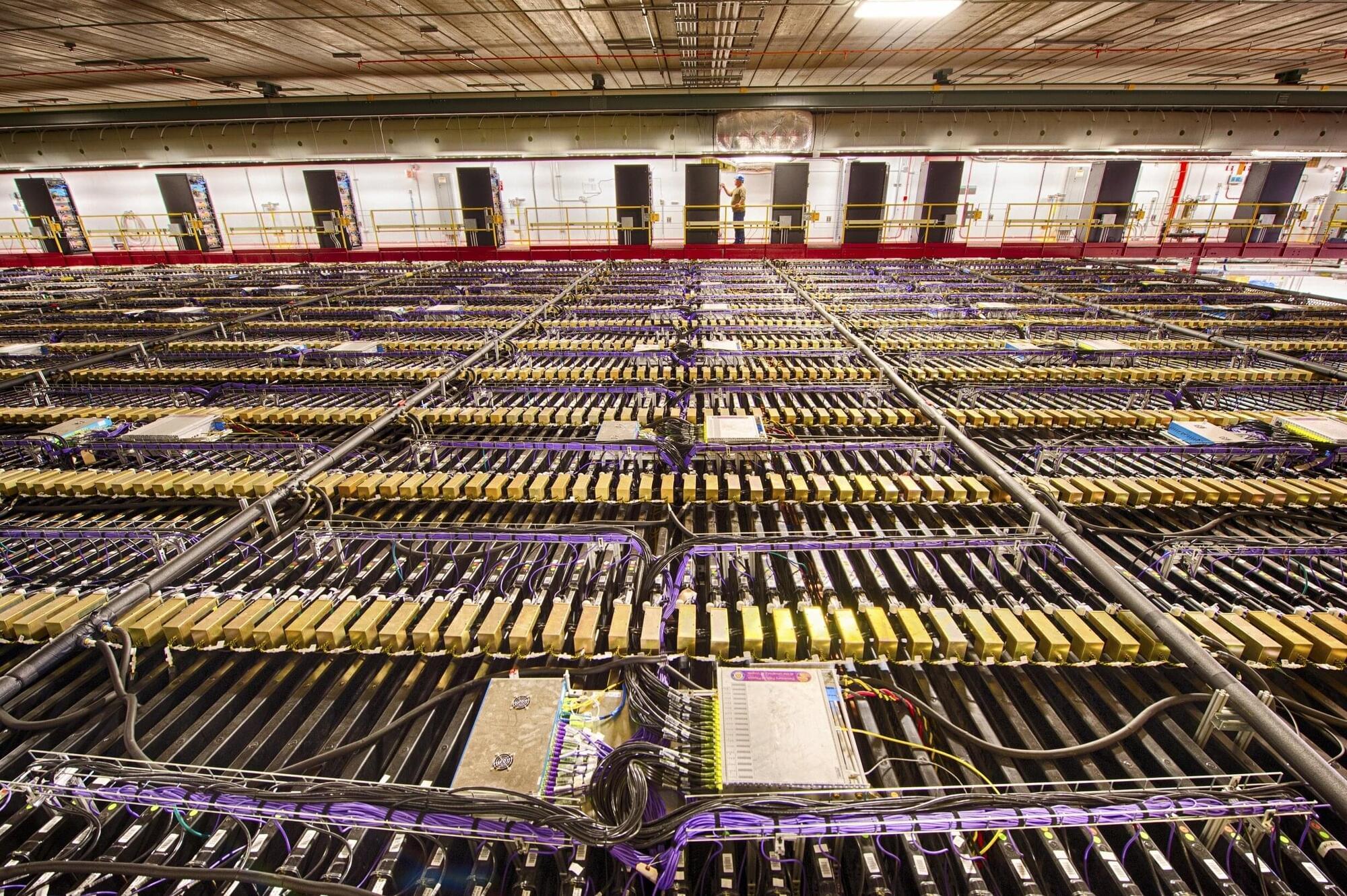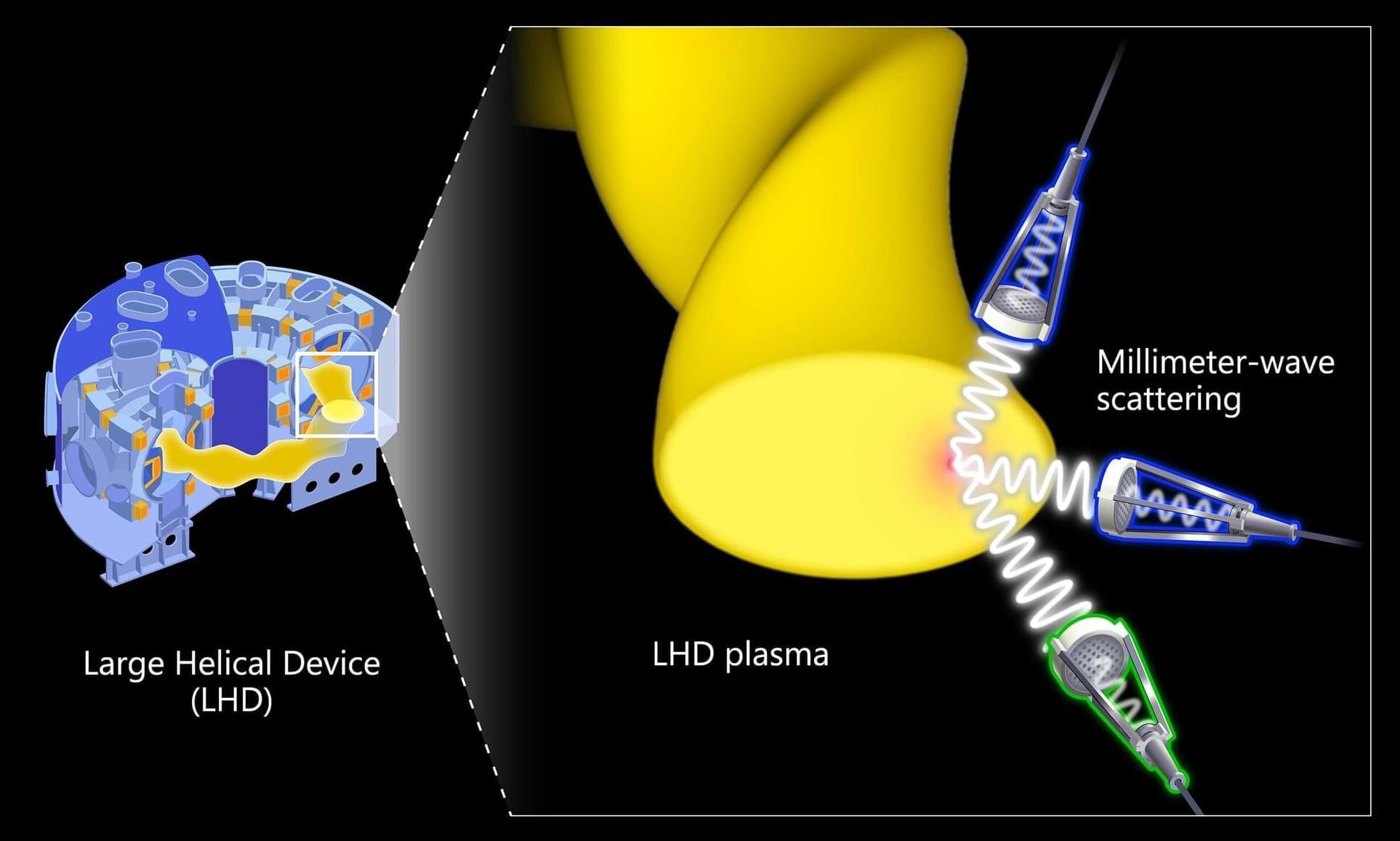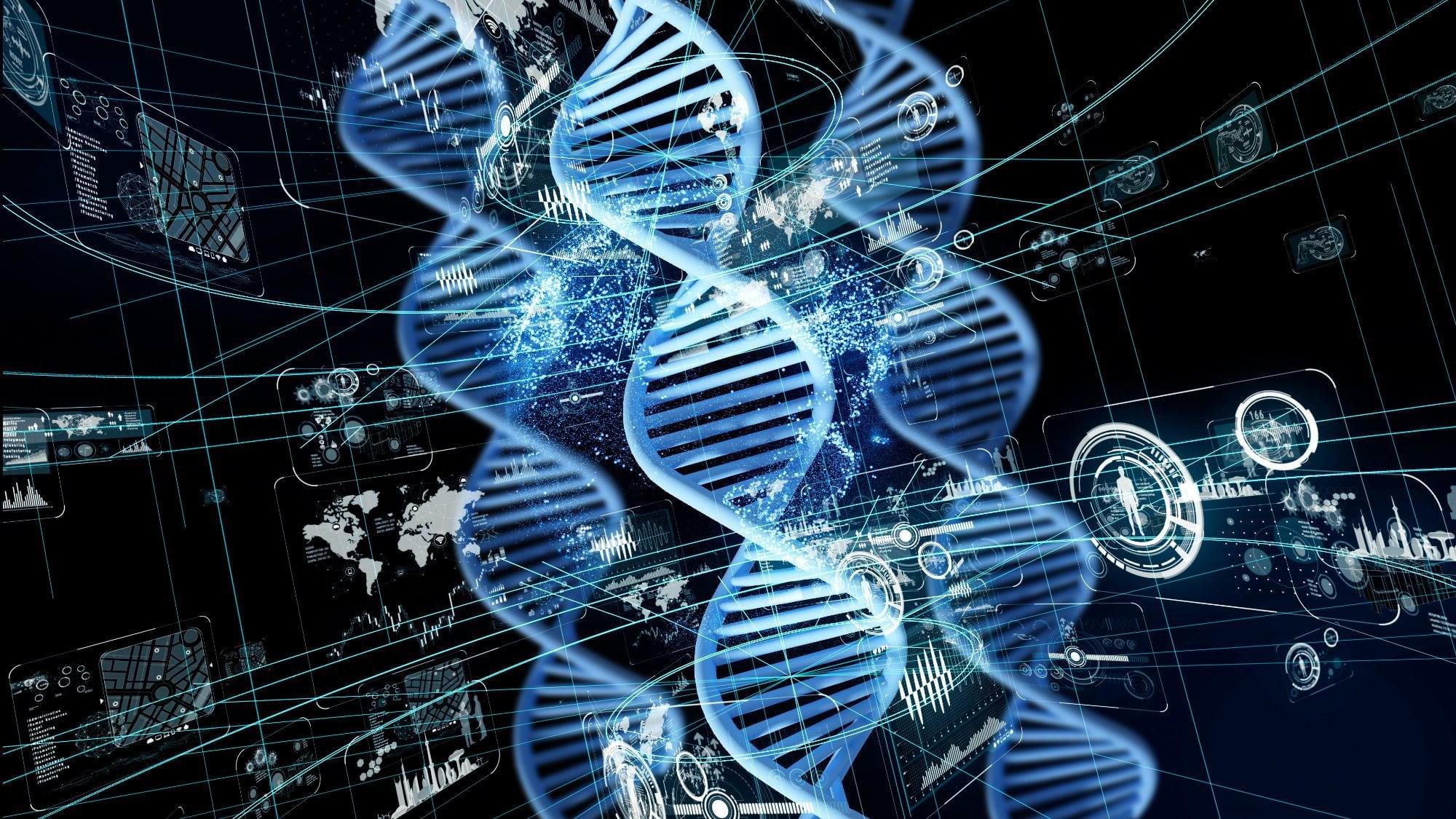A research team has developed an innovative parameter, FoMLUE, to evaluate the potential of photoactive materials for semi-transparent organic photovoltaics (ST-OPVs), paving the way for their widespread commercial applications.
A paper reporting the research, “Semitransparent organic photovoltaics with wide geographical adaptability as sustainable smart windows,” has been published in Nature Communications.
Transparent solar cells can be integrated into windows, screens and other surfaces, with immense potential for them to revolutionize the renewable energy sector. However, there are challenges to overcome, one of which is balancing transparency with power conversion efficiency.
